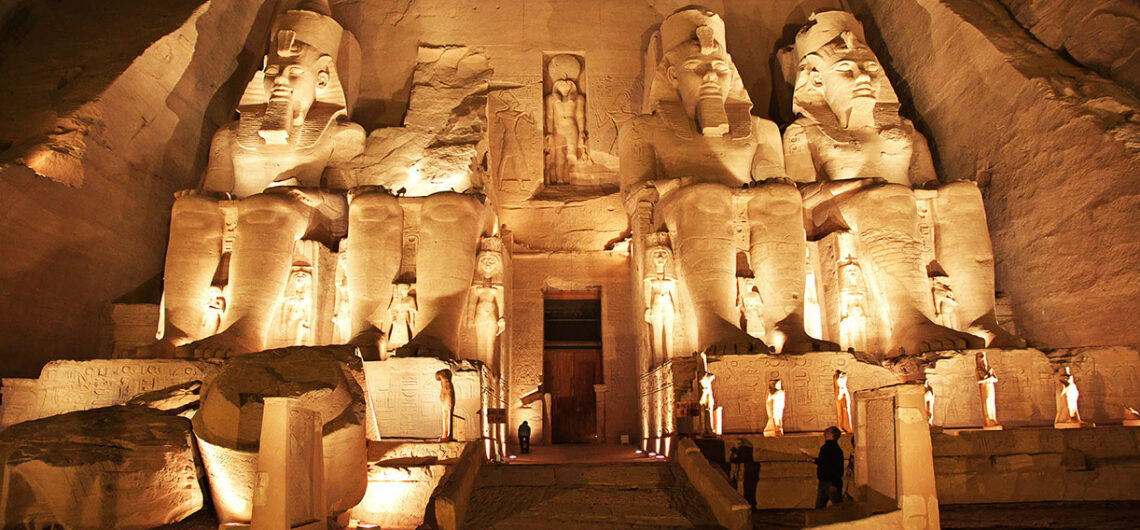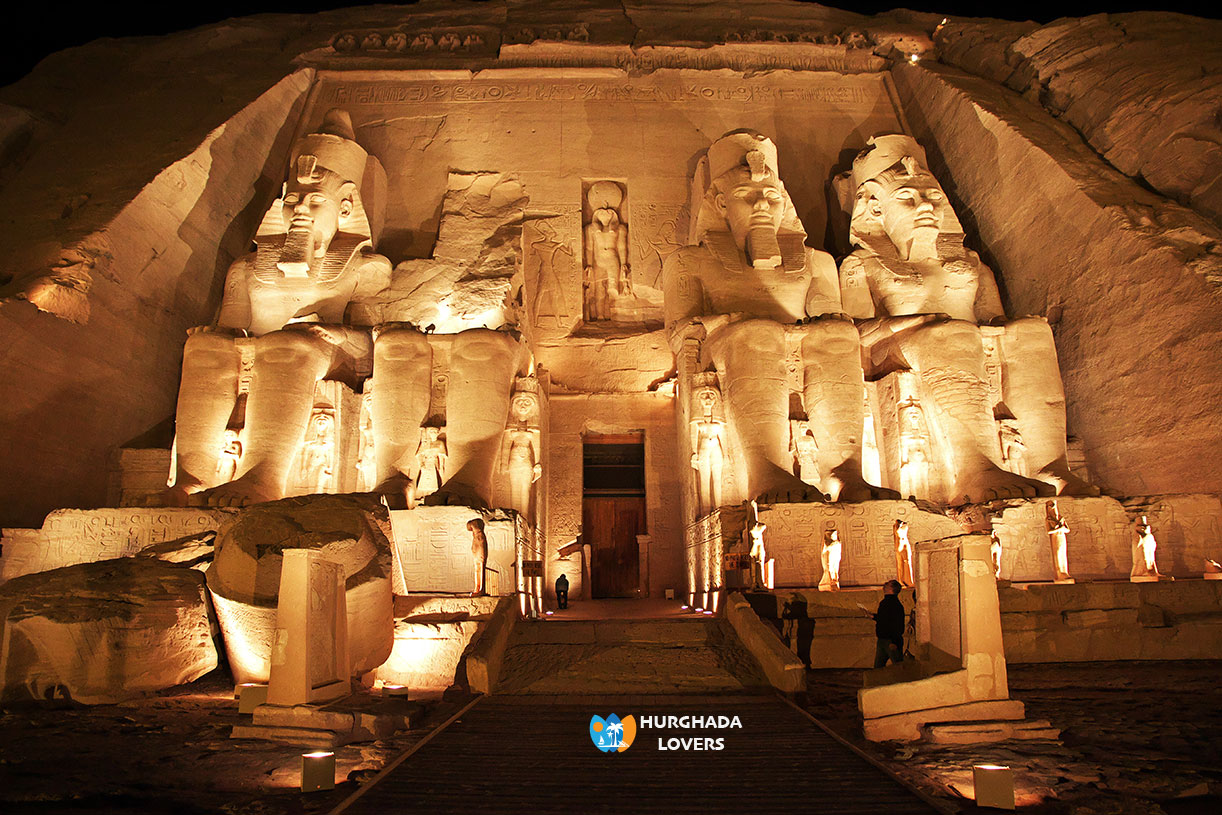World Heritage Sites in Egypt | Discover How many , Which city has UNESCO World Heritage Sites, Egyptian Monuments, Pharaonic Civilization and more…
Find out which archaeological sites are considered UNESCO World Heritage, which city, how to get there, a complete map and more Ancient Egypt History.
Known as a country with a long and fascinating history, Egypt was home to one of the oldest human civilizations and more Egyptian Antiquities.
World Heritage Sites in Egypt Facts
The Pyramids of Giza, Egyptian Tombs and Egyptian Temples from the Old Kingdom of Egypt are traces of this past. Some of them are among the UNESCO World Heritage Sites in Egypt.
The United Nations Educational, Scientific and Cultural Organization, known as UNESCO, designates various places around the world as World Heritage Sites because of their cultural, historical, scientific or natural importance. These sites are protected under international treaties.
First, let’s briefly go over what exactly a UNESCO World Heritage Site is, as I always had a vague idea (was it something ancient and wonderful?) without knowing the exact definition.
In the words of the United Nations itself: “UNESCO seeks to promote the identification, protection and preservation of cultural and natural heritage of high value to humanity throughout the world.”“.
To be a World Heritage Site, it must meet one of these 10 criteria, and Egypt is home to 7 of these sites.
Memphis and its necropolis – the fields of the pyramids from Giza to Dahshur
Memphis was founded in 3000 BC. It was the first capital of Ancient Egypt, and its necropolis is located near present-day Cairo.
Memphis was not only the home of the Pharaohs and the center of state administration, but it was also considered the sacred place of the ancient Egyptian deities – Ancient Egyptian gods and Goddesses, as in the Ancient Egyptian religion.
Today, many Mortuary Temples and pharaonic monuments remain in Memphis, as well as evidence of the evolution of royal tombs from their original “mastabas” forms to the final pyramidal form..
There are more than 38 pyramids in the Memphis pyramid field: the pyramids of Giza, the pyramids of Abusir, Saqqara, and Dahshur..
Historic Cairo
Originally founded in the 10th century, Cairo quickly became the new center of the Islamic world and contains most famous Old Cairo neighborhoods, reaching its peak in the 14th century.
Modern Cairo developed around historic Cairo or as the locals call it “Old Cairo”. The most famous street in Old Cairo is Al-Muizz Lidin Allah Al-Fatimi Street “Al Muizz Street“, which the United Nations described as “the largest concentration of medieval architectural treasures in the Islamic world and the Islamic Egypt History.” Here is our in-depth local guide to the Mu’az Gorge.
Currently, the historic city of Cairo or Islamic Cairo consists of the Mosque of Ibn Tulun, Al-Azhar Mosque, the oldest university in the world, and the Al-Hakim Mosque, among others.
Neglect, decay and overcrowding are the main threats to the preservation of this site, which was declared a UNESCO World Heritage Site in 1979. The theft of some antiquities, especially in Historical mosques, has also hampered restoration efforts.
Al Moez Street
Al-Muizz Street is the shortened version of its real name: Al-Muizz Lidin Allah Al-Fatimi Street. You can probably see why we locals shortened it.
It is a one-kilometre-long pedestrian street that has, in the words of the United Nations, “the largest concentration of medieval architectural treasures in the Islamic world and the most famous Islamic archaeological sites in Egypt “Islamic Egyptian Antiquities“.”“.
The pyramids may not be the pyramids, but they are certainly a must-see to get a real sense of Cairo’s history as a city and to see medieval Islamic architecture and art.
And it’s not in a museum-like setting behind glass – it’s pedestrian-free with architecture around you, so you don’t have to worry about paying money to stare at super-organized stuff that you don’t really want to understand and is a) kind of boring. One thing we can promise about Al Moez Street – it’s definitely not boring.
Al Moez Street is located in an area of Cairo officially known as Historic Cairo, but we locals refer to it as “Old Egypt.”“.
Cairo was officially founded in 969 by the Fatimids (the Shiite Islamic caliphate in North Africa) and the Old Cairo area currently consists of the remains of pre-Cairo cities (Fustat, Al-Askar, and Al-Qatai). As well as Coptic Cairo and Islamic Cairo. Al-Mu’izz Street was named after the fourth caliph of the Fatimid dynasty.
Old Cairo/Historic Cairo was declared a UNESCO World Heritage Site in 1979, and is recognized as “one of the World Heritage Sites.”
“Experience the world’s Islamic cities with their famous mosques, schools, baths and fountains.” The “new center of the Islamic world” describes its heyday in the fourteenth century.“.
Al-Moez Street today
Al-Muizz Street is now a mix of mosques and medieval buildings alongside modern merchants and shops in an Old Cairo neighborhood called Al-Gamaleya. The street is bordered by the world-famous Khan Al-Khalili Bazaar (for more information, you can read our full Khan Al-Khalili guide here).
The street starts from the northern Bab al-Futuh (one of the original gates of the old city wall) and then winds slightly south until it intersects with Al-Azhar Street. The crossing of Al-Azhar and Al-Mu’izz continues through Al-Ghuri Complex (Al-Ghuriya in Arabic) and ends at Bab Zuweila and the tent makers’ market to the south..
You can either walk down the street and just admire the buildings from the outside, or you can explore some of them from the inside. Most mosques have free entry, but some other medieval buildings require a ticket and have opening hours
From Al Ghuri Complex, the street gets very chaotic with all the different shops and vendors, so don’t expect a quiet walk and you’ll be fine..
Ancient Thebes with its necropolis – Egyptian UNESCO World Heritage Site
Thebes, now Luxor, was the second capital of ancient Egypt after Memphis during the Middle and New Kingdoms.
The remains of this Nile River capital in Upper Egypt are world-famous temples such as Luxor Temple (the largest open-air museum in the world), Karnak Temple, Mortuary Temple of Hatshepsut and the tombs of the Valley of the Kings and Valley of the Queens.
Nubian monuments from Abu Simbel to Philae – Egyptian UNESCO World Heritage Sites
This stunning archaeological site was actually saved by UNESCO in an international effort to move the vast ancient Egyptian ruins away from the 1960-1980 Nile flood..
The secure temples that were built during the era of King Ramses II in The New Kingdom period of the Nineteenth Dynasty of Egypt, the most famous Egyptian Pharaohs kings, in the Temple of Abu Simbel are still as amazing as they were when they were built about 3,200 years ago, and the sanctuary of the God Isis, the most famous ancient Egyptian deity, in the The Temple of Philae quietly overlooks. On the Nile from Aswan.
Valley of the Whales (Waltal) – Egyptian UNESCO World Heritage Site
Wadi al-Hitan (Wadi al-Hitan) in Fayoum, Egypt is home to something very strange and very wonderful – whale fossils, but no ordinary whale..
According to UNESCO: “These fossils represent one of the most important stories of evolution: the emergence of the whale as a marine mammal from a previous life as a land animal. This is the most important place in the world to show this stage of development“.
St. Catherine District (Saint Catherine’s Monastery) – Egyptian UNESCO World Heritage Site
Mount Sinai, or as it is called “Jabal Musa” (Mount Sinai) in Egyptian Arabic, is located in the Egyptian Sinai Peninsula. Hence, the three Abrahamic religions (Judaism, Christianity, and Islam) believe that Moses faced the burning bush and received the tablets of the law..
At the foot of Mount Sinai is the Orthodox Monastery of St. Catherine, which was founded in the 6th century and is the oldest Christian monastery in the world still in use for its original function..
According to UNESCO: “Its walls and buildings are of great importance for studies of Byzantine architecture, and the monastery houses impressive collections of early Christian manuscripts and icons. The rugged mountainous landscape with numerous archaeological and religious sites and ruins forms an ideal backdrop to the monastery“.
Abu Mina – Egyptian UNESCO World Heritage Site
Abu Mina is the remains of an early Christian holy city built over the tomb of the martyr Menas of Alexandria, about 50 km south of present-day Alexandria. Minas is believed to have died in the late 3rd or early 4th century. Not much remains of the old Christian city today except the foundations of some of its major buildings, such as the basilica.
However, local agricultural developments and land reclamation efforts raised the water table, making the land around the site wet and unstable. Some buildings in the Old City have collapsed and there are ongoing concerns about the stability of the site.
In 2001, Abu Mina was placed on UNESCO’s list of World Heritage Sites in Danger and steps were taken to reinforce the foundations of important structures with sand. Drainage channels were dug and pumps added to remove water from the ground. The site was removed from the List of World Heritage in Danger in 2009
Abu Mina was placed on the UNESCO World Heritage List in Danger due to rising water levels that made the foundations of the remaining structures unstable or collapsed..
How to visit UNESCO World Heritage Sites in Egypt
To visit all the World Heritage Sites in Egypt, you have to travel to different parts of the country. Abu Mina is located in the north near the Mediterranean coast, while Abu Simbel is located in the far south of the country near the border with Sudan..
Cairo is a good starting point because the historic center itself is one of the attractions. The city is well connected by an international airport and is also close to the Giza Pyramids complex and Memphis.
It is only a two-hour drive from the city and visitors can take tours to view the fossils.
To visit Abu Mina, it is recommended to drive to the coastal city of Alexandria, which is about 50 km northeast of the city, and visit the ruins from there..
The St. Catherine area in South Sinai can be reached by land from Sharm El Sheikh. There are minibuses from nearby town. There is also a bus service from Cairo that takes approximately 8 hours.
Note: Facts and secrets of the history will be added soon…
Hurghada Excursions Lovers, Best Travel Agency in Hurghada to provide daily tours to visit the Tourist attractions of Luxor by Hurghada to Luxor Tours and Hurghada to Pyramids Trips. Book online when you come to Hurghada, El Gouna, Sahl Hashish, Makadi Bay, Soma Bay.
World Heritage Sites in Egypt | Discover How many , Which city has UNESCO World Heritage Sites

